| << Chapter < Page | Chapter >> Page > |
Find the real part, imaginary part, the magnitude and angle of the complex numbers given by the following expressions.
Complex numbers expose all the roots of real (and complex) numbers. For example, there should be two square-roots, three cube-roots, etc. of any number.Find the following roots.
Simplify the following (cool) expressions.
Complex numbers and phasors play a very important role in electrical engineering. Solving systems for complexexponentials is much easier than for sinusoids, and linear systems analysis is particularly easy.

For each of the indicated voltages, write it as the real part of a complex exponential( ).Explicitly indicate the value of the complex amplitude and the complex frequency . Represent each complex amplitude as a vector in the -plane, and indicate the location of the frequencies in the complex -plane.
Express each of the following signals as a linear combination of delayed and weighted step functions andramps (the integral of a step).
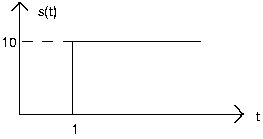
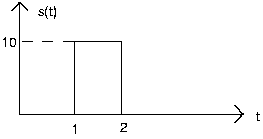
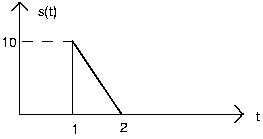


When the input to a linear, time-invariant system is the signal , the output is the signal ( [link] ).
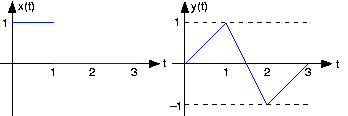

The depicted input to a linear, time-invariant system yields the output .


A particularly interesting communication channel can be modeled as a linear, time-invariant system. When thetransmitted signal is a pulse, the received signal is as shown .

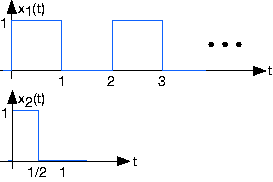
So-called analog computers use circuits to solve mathematical problems, particularly when they involve differential equations. Suppose we are given the following differential equation to solve. In this equation, is a constant.

Notification Switch
Would you like to follow the 'Fundamentals of electrical engineering i' conversation and receive update notifications?